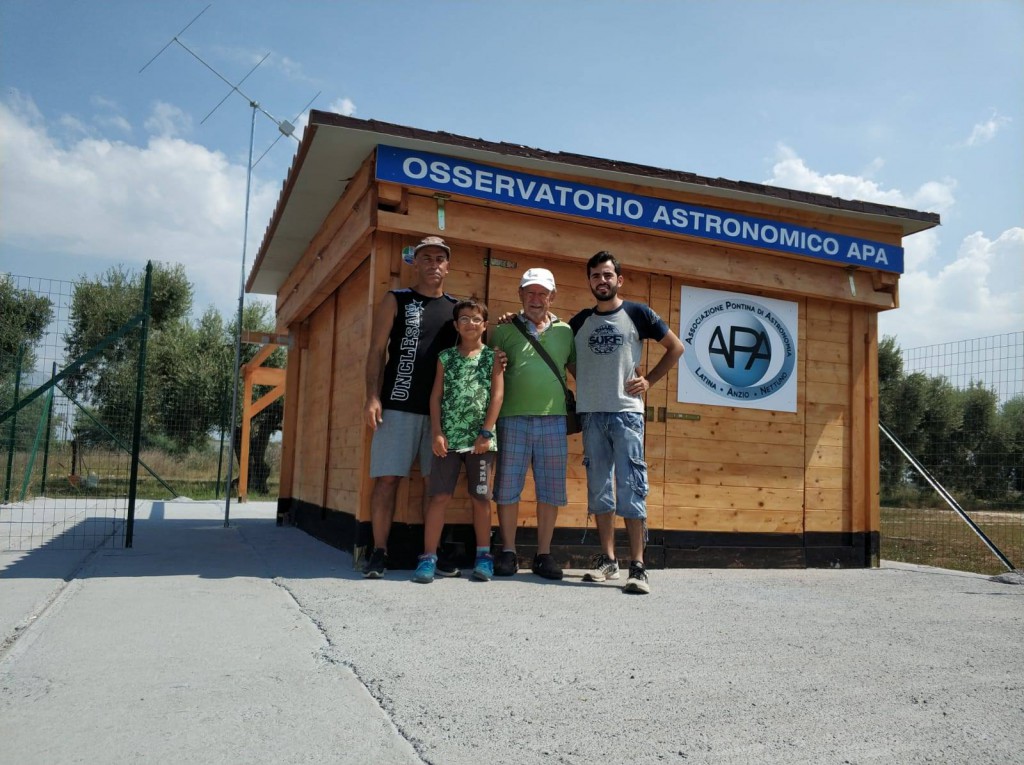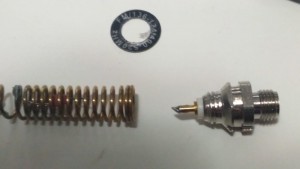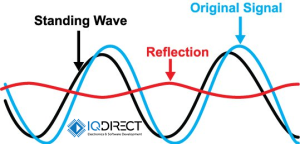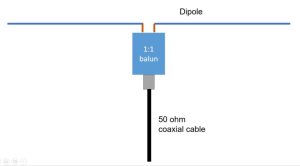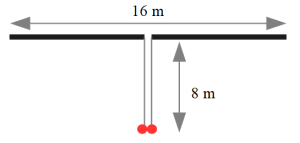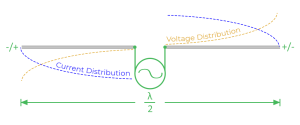It’s more than three years that I monitor VHF for meteor scatter signals thanks to the French GRAVES radar near Dijon. This is a bistatic radar that transmits a CW signal at 143.050.
With a simple radio system is possible to receive the radar signal reflected by the meteors ionized plasma that these objects create when entering into the ionosphere.
Talking with my friend Andrea Miccoli, member of APA (Associazione Pontina di Astronomia) an astronomical association here in Latina, he told me that this activity could be an interesting allied for its works about astronomy for blind people.
Andrea and other members of APA teach, thanks to appropriate courses, astronomy and how the space is to people that can’t see by special high quality home made tools.
In the last year I took in account to better perform my reception tecnique to give a one more opportunity to blind that is to “watch” falling stars!
Here starts the project!
Before of the Perseids shower, this year in August, We (Andrea Miccoli, Andrea Alimenti, my second son Gabriel and me) installed a receiving station at the APA observatory so to have an indipendent 24h system that can streams the radio signal over the Internet so that is possible to listen the echoes from the impacting debris.
The hardware system is composed by an homemade four elements Yagi beam antenna, an also homemade bandpass two helical filter, a SDR RTL 0.5 ppm receiver, a PC and a smartphone for internet connection.
The antenna has a 1.5 meter boom lenght, a gain of 8.8 dBd, it was build under the DK7ZB project (http://www.qsl.net/dk7zb/2m-port-SSB/4-Element.htm).
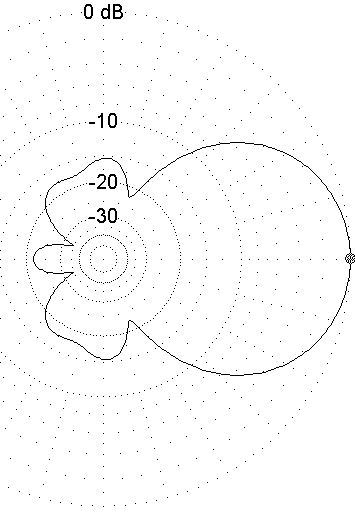
I decided to build this one because of its performance, high gain with a single antenna and both horizontal and vertical wide pattern.
The filter was necessary because of lack of filters in the SDR receiver, the sensitivity increases drammatically with a good bandpass filter. I built a very simple and effective helic filter which usually is used for transmission, too. The filter has a very low loss and an adeguate out-band rejection.
On the web there is a wide choice of cheap RTL 2832 receiver, for the project I focused to a 0.5 ppm model. It is provided with a TCXO and effectively is more stable then the cheapest models. The cost is not so high and for the moment We are satisfied about its job. Other differences compared to other models are the SMA connector, the lack of unnecessary IR-LED for remote control and power LED. It’s quite warm when powered on so We’ve fixed it to a heatsink plate so to keep its internal temperature stable. It’s plugged with an USB cable with a ferrite bead to limit any noise from the PC.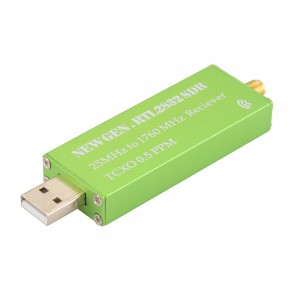
After a look to the this first part concerning the radio hardware system, a second and not less important part is composed by some software needed to manage the radio signal and transport it to the web for public sharing and for analizing and storing into images file the meteor events.
The SDR receiver is managed by SDR# (SDR sharp), a freeware easy to use software which can provide several functions to control this cheap receiver.
The frequency is centered to 143.049 MHz USB with a width of the audio band of 2500 Hz about, so the reflected signal of the GRAVES radar is centered at about 1 kHz.
Fast AGC was set.
Through a first VAC (Virtual Audio Cable) the output signal coming from SDR# is transmitted simultaneously to SpectrumLab and VSThost.
SpectrumLab is used to elaborate a coulpe of spectrograms, the first is a 6 minute long screen, saved on the HD every 6 minutes which shows the echoes received from the RTL2832, a second one is a 24h spectrogram that shows the entire day trend at glance.
A simple 6h plot is also created to see relative values in the time domain of peak values and duration of the events.
These three pictures are dowloaded every 6 minutes to my web server for a public view.
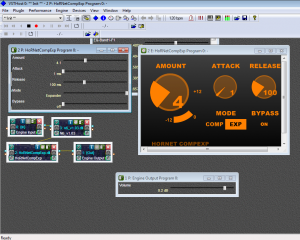
VSTHost is used, instead, to process the audio signal and reduce noise. This is done by a couple of plug-in: an expander and a multitrack equalizer.
The output audio is sent to a second VAC where is routed into another software, BUTT, so to be sent to an Icecast audio webserver. Butt takes care to prepare the signal with certain characteristics as audio sample rate, bit rate, informations of the trasmission, etc.
To have a minimum required band the digital transmission is only 8 kHz wide for 16 kbps streaming bitrate.
Icecast server is hosted at another location, running in a Raspberry PI, where is possible to have a public IP associated to the DNS: apalan.hopto.org:1081/stream. This is the address where is possible to listen the elaborated audio streaming and where blind people accede to listen for the meteors.
Internet connection is via smartphone because of a semi-remote position.
A lot is still to be done, improvements, upgrades, tests … just started and in the mind a lot of ideas as apply a preamplifier, build a second antenna to get more gain, etc…
I hope that these few notes can be useful for those who want to build a simple meteor scatter station with a little budget and if this project can be useful for people who can not see falling stars… well it’s welcome!
At the moment you can reach the stream to this address: http://apalan.hopto.org:1081/stream

